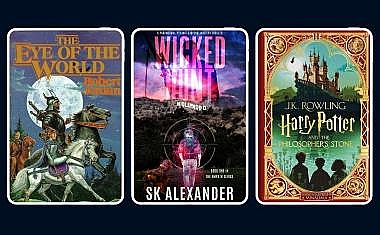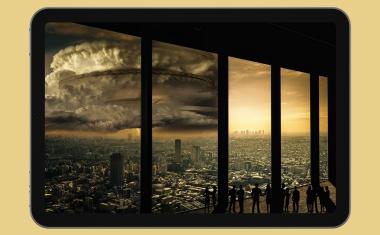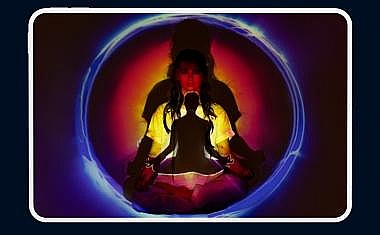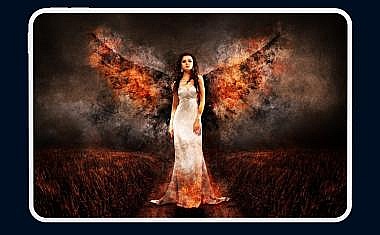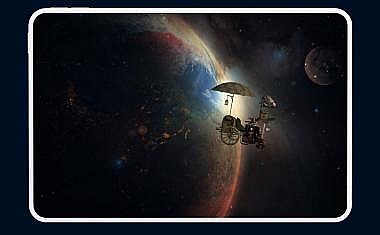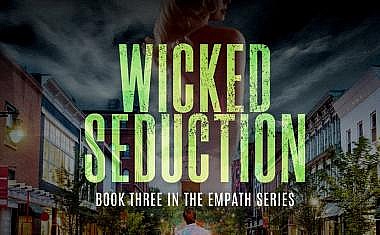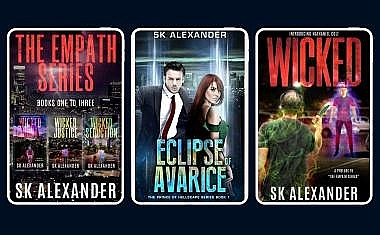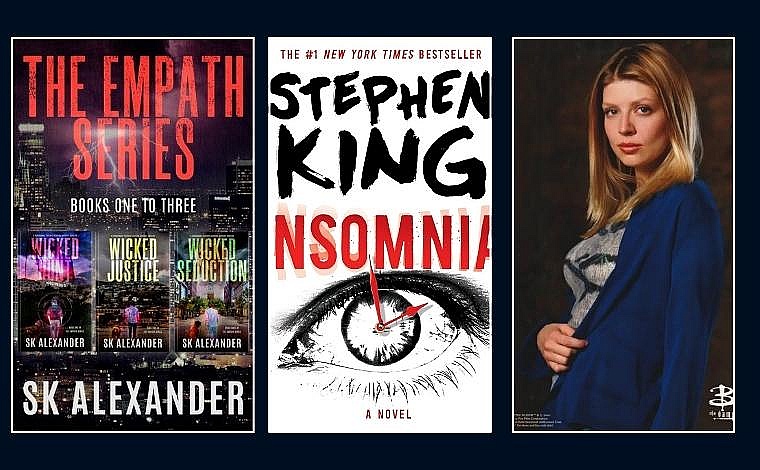
Seeing the Unseen: Aura Vision in Fiction
What if you could see someone’s emotions before they said a word? That’s the idea behind aura vision—the paranormal ability that blurs the line between emotion and energy, perception, and intuition. In fiction, aura vision has significance in character development and worldbuilding.
Despite a lack of conclusive scientific evidence, people across cultures still believe that an invisible, yet perceivable electromagnetic-like field emanates from every living thing.
Aura reading has its origins in myth and folklore. In some tales, a hero’s ability to perceive auras grants them insight into hidden intentions. Medieval alchemists believed certain mystics could see the ‘spirit’ within others, which they believed to be a luminous form revealing virtue or vice.
Recommended article
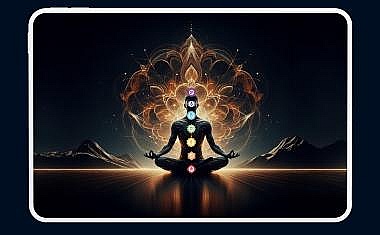
Aura Vision: What Color Is Your Soul?
Throughout history, auras have appeared in various cultures and spiritual traditions for thousands of years. But what exactly is an aura? And how do people perceive them?
Why is aura vision popular in fiction?
In storytelling, every element—character, setting, dialogue—serves a purpose. With aura reading, its true power lies in how it can influence the trajectory of a story. Aura reading helps creators to reveal what’s going on beneath the surface without a single word of dialogue. They use it to make the invisible visible and to highlight internal conflict, hidden intentions, or unspoken emotions.
Moreover, readers crave narratives that reveal authentic depths. They want characters whose true natures aren’t immediately apparent but unfold gradually through actions and subtle cues, and aura perception provides just such a window.
Conflict is at the heart of any compelling story, and aura vision offers unique avenues for generating it. It allows authors to convey internal conflict visually within moments that feel immediate and visceral. Characters who see auric signals often face hard choices based on what they observe. A protagonist sensing a dark aura from a seemingly trustworthy ally foreshadows future betrayal and conflict. Or if they spot danger signs, such as an enemy’s menacing red glow, they might take preemptive actions.
Conversely, a character’s inability to see or interpret another’s aura accurately can lead to misunderstandings that escalate disputes. Imagine a healer who sees their patient’s calming blue aura but misses signs of hidden anger beneath—a suppressed emotion that later erupts violently.
Recommended article

Aura Vision: What Color Is Your Soul?
Throughout history, auras have appeared in various cultures and spiritual traditions for thousands of years. But what exactly is an aura? And how do people perceive them?
Aura reading in literature and comics
In Stephen King’s Insomnia (not to be confused with the film starring Al Pacino, Robin Williams, and Hilary Swank), Ralph Roberts, an elderly widower, suffers from insomnia. Soon, he sees auras that represent people’s life forces and little bald men who are present at the homes of the dying. He eventually discovers he can drain people’s aura to restore his energy. Soon, Ralph discovers that the fate of the universe rests on his shoulders.
In Terry Pratchett and Neil Gaiman’s Good Omens, the main character, Anathema Device, can read auras. Anathema attempts to read Adam Young’s aura but can’t, suggesting her power has limits. She also perceives Crowley and Aziraphale’s auras as exceptionally bright and strong, implying that while she can perceive auras, some are too powerful for her to grasp.
For the Star Wars novelizations of Revenge of the Sith, Matt Stover covered the events of Anakin Skywalkers’ last days as a Jedi. Count Dooku uses the Force to observe everyone present in his last duel. “Kenobi was luminous, a transparent being, a window onto a sunlit meadow of the Force. Skywalker was a storm cloud, flickering with dangerous lightning, building the rotation that threatens a tornado. And then there was Palpatine, of course: he was beyond power. He showed nothing of what might be within. Though seen with the eyes of the dark side itself, Palpatine was an event horizon. Beneath his entirely ordinary surface was absolute, perfect nothingness. Darkness beyond darkness. A black hole of the Force.”
While not explicitly focused on aura reading, James Redfield’s The Celestine Prophecy incorporates concepts of energy fields and spiritual perception, which can be seen as related to aura reading. The characters' interactions are influenced by their understanding and awareness of these energy fields.
In Marvel’s New Universe comics, the character Justice uses aura reading to discern good from evil. In the Heroes graphic novels, Linda Tavara can absorb people auras, killing them and giving her their power.
Recommended article
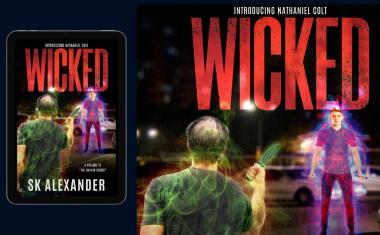
Wicked - the prelude to The Empath Series
Sign up for SK Alexander's email list and get Wicked, the short story that introduces Nathaniel Colt, the main character of The Empath Series.
Aura vision in TV and movies
One of the most recognizable examples comes from anime like Dragon Ball Z, in which characters sense or see an opponent’s “ki” to assess their strengths. In Avatar: The Last Airbender, characters who can manipulate elemental energies often have visible auras that shift in hue depending on their mastery level or emotional focus.
In The Marvel Cinematic Universe, Doctor Strange’s mystical energy manifests as swirling lights around his hands. In Avengers: Endgame, when a time-traveling Thor attempts to deceive his mother, Frigga reveals, “I see with more than eyes, you know that.”
In The Matrix Revolutions, the moment Smith enters the real world, Neo sees his aura. He even keeps this ability after going blind, enabling him to perceive the Machines.
In Buffy the Vampire Slayer season four episode, “Who Are You?,” Tara Maclay sensed that something was amiss with Buffy following the body swap with Faith. Tara saw Buffy’s aura as “fragmented,” as if a foreign presence had imposed itself on her.
In Riverdale season six episode “Unbelievable,” Betty learns she can see the auras of people who are threats, such as criminals and serial killers. The auras appear as a red light around the enemy she sees.
Another example is Friends, where Phoebe’s aura reading is presented as a quirky, humorous aspect of her character. At one time, Ross tells Phoebe to “stop cleansing my aura”.
Recommended article
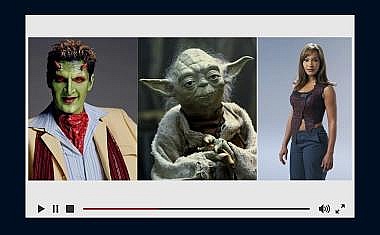
Empathy in Fiction: Portrayals in Movies and Television
Empaths often become a powerful force that can change the trajectory of conflicts or transform the dynamics of relationships.
Pitfalls of aura perception
These visual cues help readers understand unspoken emotional undercurrents without lengthy exposition. Yet these dramatizations come with limitations. A major issue involves stereotyping through auric symbolism. Certain colors have been associated with specific moral qualities: white symbolizes purity, red passion, and green envy or greed. While these associations are common, they simplify human nature into binary categories: good versus evil, based solely on superficial cues.
Connected to that is another issue: Depictions of aura vision simplify or exaggerate complex internal states into observable visuals. For example, a bright halo around the main character’s head shows when she’s brave or an ominous shadow during moments of inner turmoil. Or a villain who solely shows dark, jagged auras to suggest malevolence. Moreover, they are often static: instead of delicate shifts in hue indicating slight mood changes, stories may depict dramatic color shifts signaling life-or-death stakes.
Recommended article
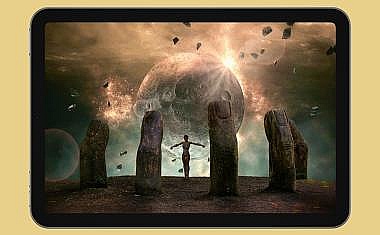
Puzzling Phenomena: A Guide To Paranormal Fiction
Psychic powers, odd occurrences, and cryptic creatures—paranormal fiction pushes beyond the boundaries of the known to delve into the unexplained.
Aura reading in fiction takeaways
In real life, those who claim to perceive auras describe the experience as subtle and far less cinematic than writers and filmmakers who often use glowing outlines for visual impact. By revealing or concealing auras at strategic moments, writers craft tension, foreshadowing, and conflict that deepen the narrative without explicitly stating every detail.
While exaggerated, aura reading makes a great storytelling tool that highlights emotion and power dynamics among characters. Thus, aura vision remains an enduring motif because it offers authors an elegant means to communicate layered truths without lengthy exposition.
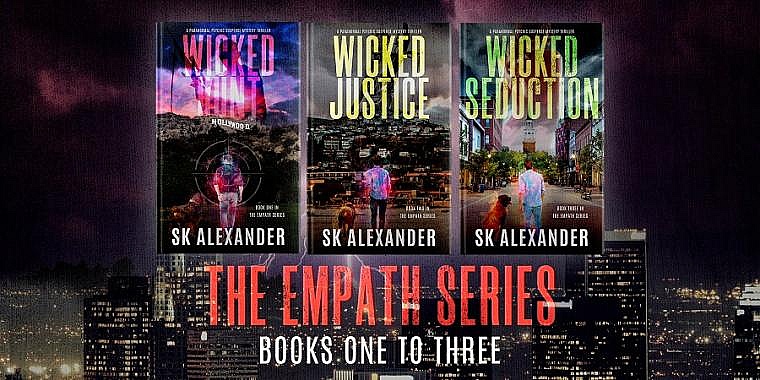
Buy The Empath Series
The Empath Series is a paranormal suspense series about a reclusive empath rejoining the world and the people he left behind. All three books are available on Amazon:
If you enjoy stories with a psychic investigator, serial killers, and an insolent dog, then you will love The Empath Series.




